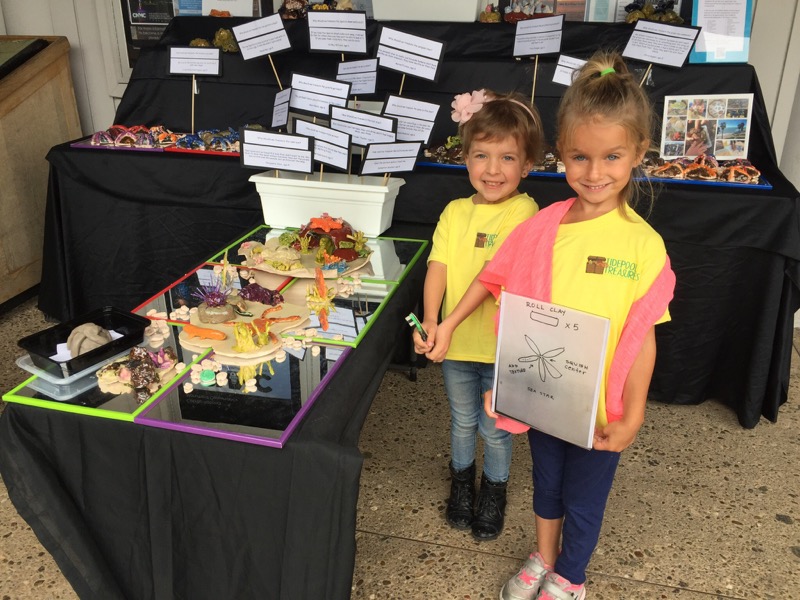
This week at Cabrillo National Monument as you walked to the Visitors Center you may have overheard a kindergartener teaching an adult about the poisonous aspects of a Spanish Shawl Nudibranch, glanced at a cluster of ceramic California Mussels designed by students, been informed by a first grader about the moon cycles or watched a stop action film on how to protect the Brown Sea Hare. Science education and communication comes in many forms. In the National Park Service, education is mostly seen to the public through Ranger-led programs or educational films and handouts. In the school system, it is seen in the classroom through teacher-based instruction. However, here at Cabrillo National Monument, we are trying to switch that framework to provide students with the tools they need to become the next generation of environment stewards.

One example of this shifting framework is how we utilize project-based learning. Our Science Education team recently partnered up with High Tech Elementary – North Country this Spring to put those educational tools to use. Students from this school came out to Cabrillo’s rocky intertidal to learn about how tides are formed, how the species adapt to live in this extreme environment, and what we can do to protect this space and its inhabitants for future generations. Our team then went into their classroom to talk about project-based learning and what that may entail for this specific group. After dedicating a semester’s worth of time and effort, the students were prepared to teach the public at our park through several methods of articulation, including videography, art, editorials, and illustration.

On May 31st, 2017 from 10am– 12pm, we hosted the High Tech Elementary – North County exhibition, where one-hundred kindergarten and first grade students presented conservation stop action short films, hand-designed ceramic tidepool critters, creature feature books, conservation paintings, and published activity books that were all designed by themselves. The short films were shown in thirty minute cycles in the auditorium, where the students could escort their family members, friends and other park visitors.

The ceramic critters were laid out with student ambassadors surrounding to help explain to visitors where the animals live in relation to the intertidal zones. Creature feature books were read aloud by the students to visitors in a make-shift reading circle. Conservation paintings were displayed around the park for visitors to read and appreciate. Finally, the activity books were set out on tables for visitors to participate in collaboration with the students. At each station, student ambassadors were available to answer questions, inform the visitors, and above all teach the public about the rocky intertidal and what it means to be an environmental steward.

